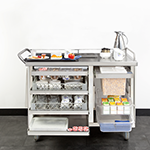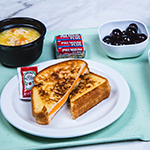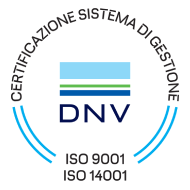When it comes to interpreting the familiar food label, a small serving of knowledge, time and effort can make a significant difference to the nutritional choices that we make. The table that accompanies most prepared foods is loaded with information, so take a moment to understand that fine print and you may be inspired to make more informed nutritional choices.
According to regulations, the Nutrition Facts table is required to list information on 13 items: calories, fat, saturated fat, trans fat, cholesterol, sodium, carbohydrates, fibre, sugars, protein, calcium, potassium and iron. Remember that ingredients are listed in order of greatest weight to least and that the percentages listed alongside these keyitems refers back to the identified serving size portion on the label. Let’s take a quick look at a few of these key categories:
Calories
It’s a measure of the energy value of food, and we need food to give us the energy to go about our daily tasks. The recommended daily calorie count is based on our age, gender and amount of physical activity that we do – so it’s good to understand what number applies and eat with that in mind. When you consume in excess of your daily requirements, some calories are stored as fat and others as carbohydrates.
Fat
It should comprise no more than one-third of our daily caloric intake. Remember that unsaturated fats are far preferable over saturated or trans fats. To determine the good fats in a serving, add together the listed saturated and trans fats and subtract them from the total fat percentage.
Sodium
More people are paying attention to their sodium count these days given that excess levels can cause high blood pressure. The recommended daily intake is 2,300mg, so do the math when reaching for another handful of those chips.
Carbohydrates
Divided into simple and complex, ‘carbs’ give our bodies energy. Simple ones that are found in sugar, fruit and dairy products break down quickly. Complex ones are found in starches and fibres of certain foods and provide a slow burning energy source.
Carbohydrates on labels are typically broken down into sugars and fibres. Opt for higher fibre and lower sugar counts if aiming to make healthier choices.
Protein
Adults require about 60 grams of protein per day, which counts for approximately 10-15% of your daily caloric intake. Beyond the amount that your body requires, this will break down and be stored as fat.
Vitamins
Typically listed as a percentage of the Daily Value (DV). Some minerals are now mandated to be listed (calcium, potassium and iron) while, given most people cover their daily requirements, the listings of Vitamin A and C will soon be phased out.
Again, take the opportunity next time while shopping to take a closer look. It can be remarkably revealing depending on the choices you make. Or, perhaps now, used to make…
Next we’ll start to drill down into some of the terminology used (and sometimes abused) by food producers on their labels. Stand by for Part 2 of Decoding the Label, coming soon.


















